10 Supply Chain Improvement Essentials for Your Company
Logistics Bureau
JANUARY 21, 2025
An efficient supply chain strategy is one that takes every aspect of your supply chain into account, from inventory management and warehouse design to freight tendering and transport optimisation. Let’s look at some of the best ways to make your supply chain more efficient.

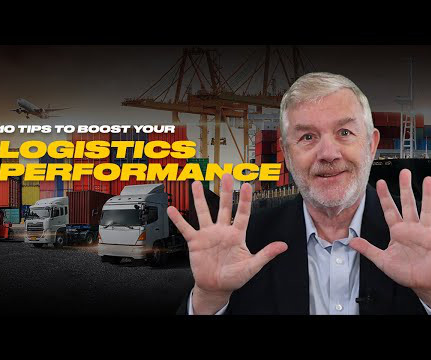


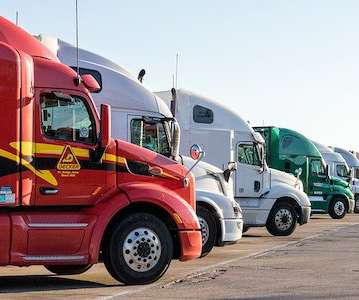
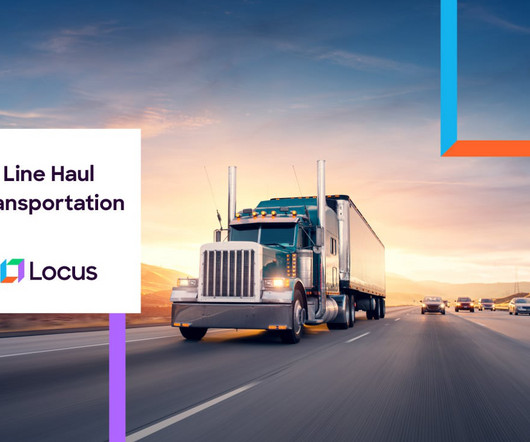


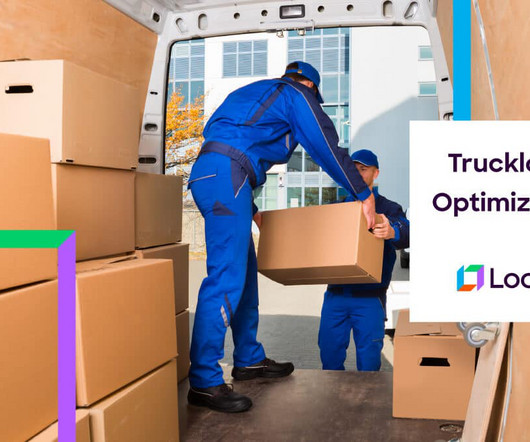


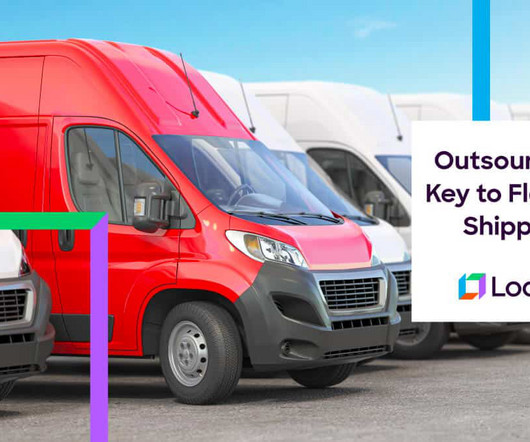













Let's personalize your content